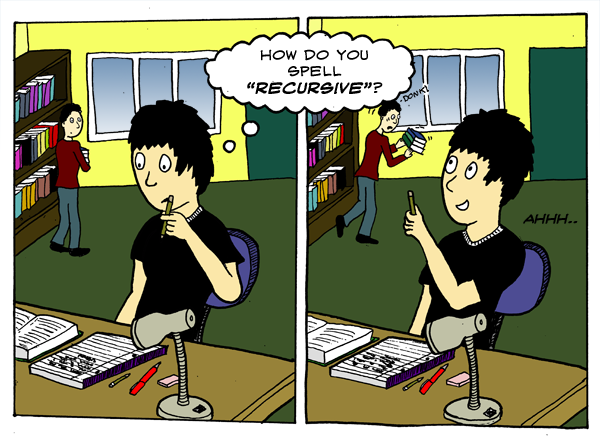Note: I haven't used all of these in my classes, but I have looked over their sites. Really though, I am just presenting them as options that other teachers have suggested.
- http://leonsplanet.com/phono.htm This site gives a quick introduction to the different terms we are likely to encounter (Phonic, Phonetics, Phonemics, etc.) Then it breaks down the differences between British and American pronunciation as well as many of the rules the languages has (spelling, pronunciation etc.) The site has audio and is completely free to use.
- http://www.englishwithlucy.com This site pronunciation guidelines. It includes many sets of minimal pairs, vowel help, speaking naturally,etc. Specifically there is an entire section on testing pronunciation. Something some teachers may feel unsure how to do.
- http://www.onestopenglish.com/skills/pronunciation/ is part of onestopenglish's site that focuses on pronunciation. OneStopEnglish does have a subscription option, however you can access the interactive IPA chart, an article on why to teach pronunciation, two different pronunciation activities and articles on how to use pronunciation in your class, and some pronunciation exercises from beginning students through advanced students. There is more available if you are a subscriber.
- http://www.teachingenglishgames.com/Articles/Teaching_Pronunciation.htm has an article that walks a teacher step through step of the dos and don'ts of how to teach pronunciation. She also has a book for sale for about $23USD filled with games. If you buy it and find out you don't like it you can always return it. It has a 100% money back guarantee for up to 60 days after purchase!
- http://www.mrthorne.com/ is a site with a bunch of videos I've seen teacher recommend in the past. I think they seem to be geared for a younger age set, but your older students may enjoy it too. The videos are all free to view. He also has two apps to help learners practice for about $1.00 a piece!
- www.englishforeveryone.org This site has a set up with many different printable worksheets to help teachers teach different aspects of phonics (phonemes, syllables, etc.) The site appears to be completely free and I've been told is quite popular in India.
- http://www.burlingtonenglish.com this site is an online course which sells directly to schools. It lets you record and gives you instant feedback.They only sells directly to schools, so you'll need to talk to an administrator, but you can find out more about them from looking at the site.
- TedPower.co.uk is a great site chock full of information. The pronunciation section includes, English's background, sounds that students usually struggle with, minimal pair practice, diphthongs, consonant cluster practice, assimilation practice and some IPA assistance
- http://www.pronunciator.com is a site designed to help you learn lots of different languages. You can see screenshots of the different activities it offers here. It isn't for free if you want to use it on your own, then it is $20/month. Be sure to check if your school or library has it before paying for it yourself.
- http://helenfraser.com.au/ is a pretty cool site about Cognitive Phonetics. There's even a free handbook you can download.
So there we are, a list of ten resources from teachers who think they may be helpful to those of us teaching pronunciation.
Thank you so much to those of you who gave a resource and if anyone knows of any others please feel free to leave them in the comments.



















